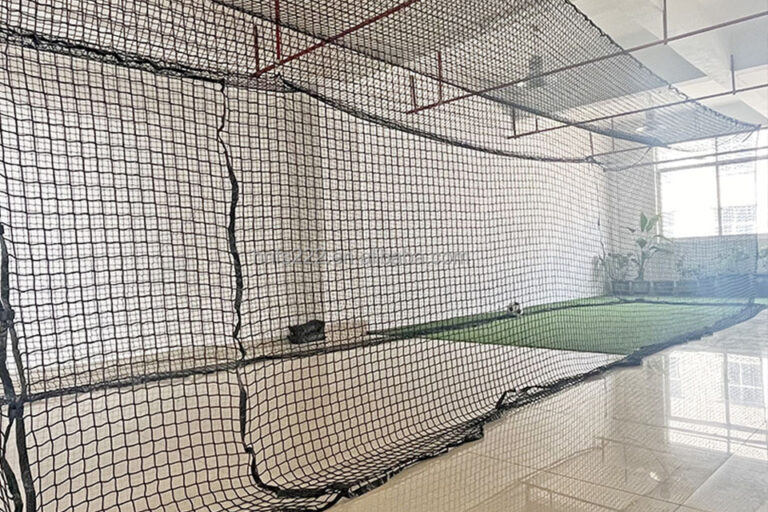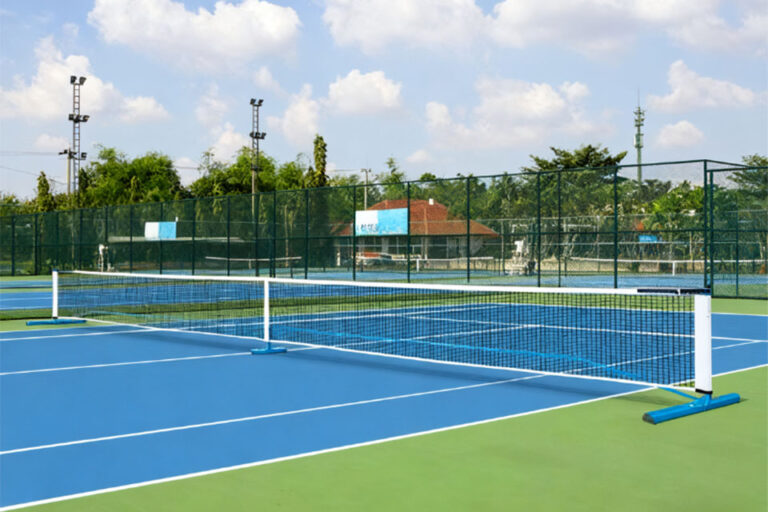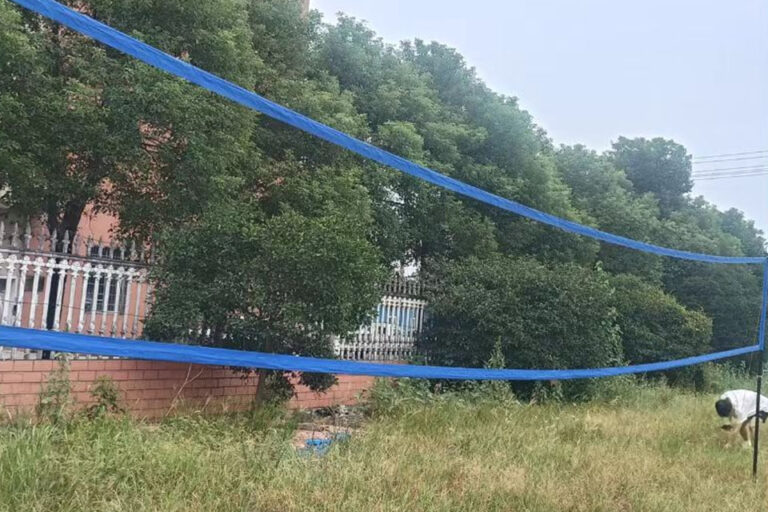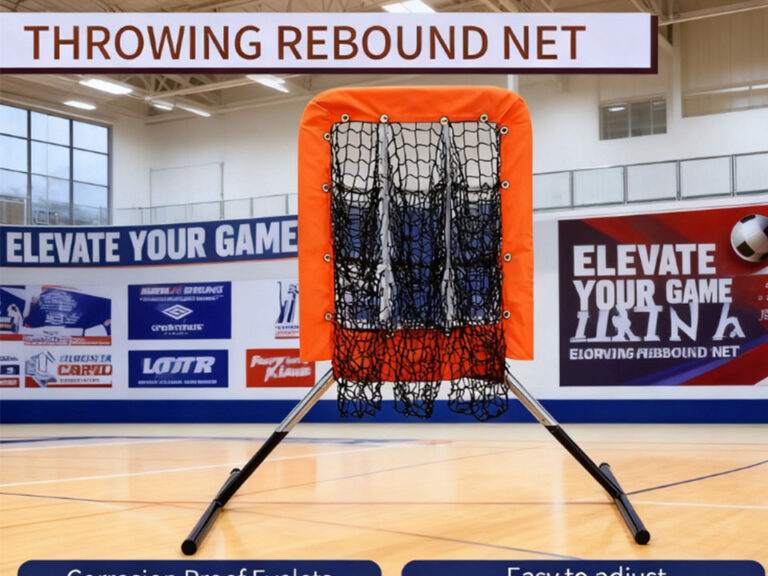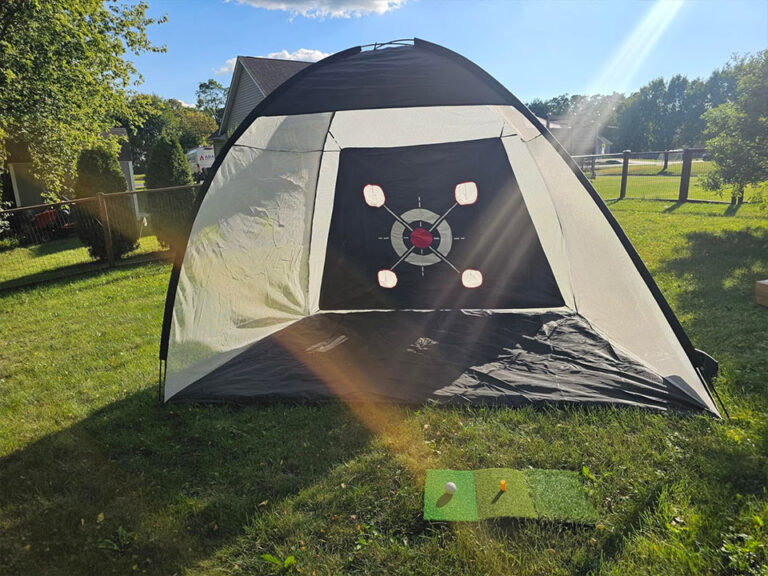How To Keep Volleyball Net Tension Stable All Season
You walk into the gym before league night and the net is sagging again. Players complain, refs argue, your staff loses time fixing it.
Let’s fix that for the whole season, not just for one match.
Below is a practical guide for coaches, facility managers, and buyers who run clubs, schools, and pro shops. We’ll talk gear choices, setup tricks, and maintenance habits that keep volleyball net tension steady from pre-season to playoffs.
FSPORTS focuses on custom and bulk sports netting for B2B customers, so you’ll also see where better hardware and OEM-level design remove a lot of that “net drama”.
Table of Contents
Why Stable Volleyball Net Tension Matters For Every Season
Stable volleyball net tension does more than make the court look good.
- Fair play: A loose net changes how the ball reacts on blocks and tape shots.
- Safety: Low nets invite more contact with the tape and antennas.
- Brand image: If you sell or rent court time, a sloppy net makes the whole facility feel low-tier.
- Hidden cost: Every extra minute your staff spends re-tying knots is downtime you could use for sessions or events.
If you supply nets to end users, this is also a warranty issue. The right system plus the right setup keeps your SKU out of the “returns” pile.
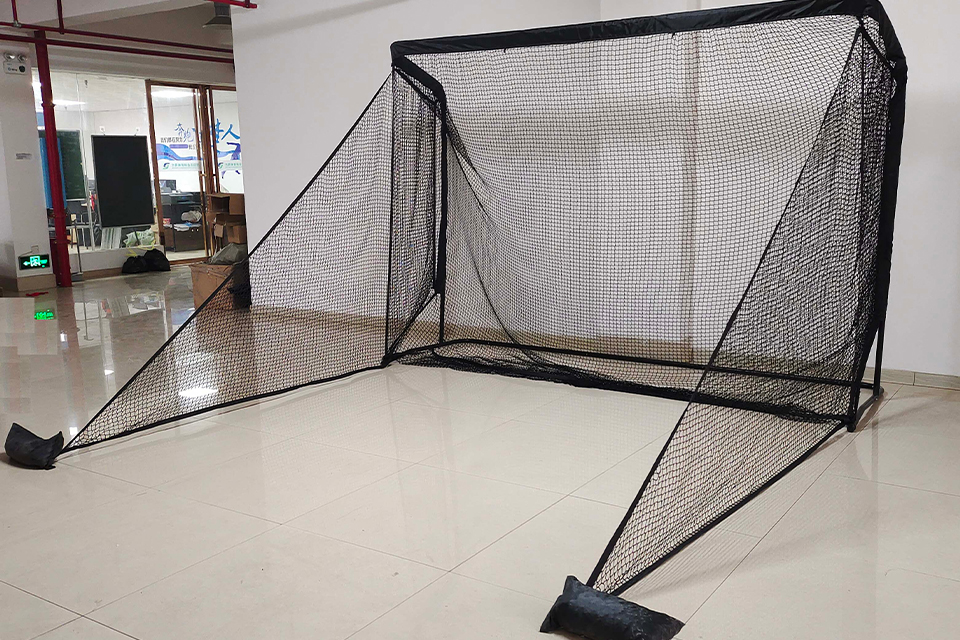
Choose The Right Volleyball Net System And Materials
High-Strength Volleyball Net Cable And Border
If the top cable stretches, you lose tension no matter how well you tie everything.
Look for:
- Steel or steel-core cable: It holds length under tension much better than plain rope.
- Reinforced top and bottom tape: Thicker binding spreads the load and slows down wear.
- UV-resistant netting: Outdoor courts need yarn that doesn’t go soft after a summer in the sun.
If you run multi-sport venues or retail, you can cover more use cases with one platform. For example, an adjustable height portable multi-sports net for volleyball and tennis lets you handle volleyball sessions during prime time and other sports in off-hours without constant hardware changeover.
For outdoor resorts or camps, a dedicated portable beach volleyball net set gives you a stable frame plus a net built for sand, wind, and sun.
Stable Volleyball Posts And Base Systems
The net can only stay tight if your uprights don’t creep.
- Indoor systems: Steel posts with floor sleeves or heavy base frames work best. A unit like an adjustable portable volleyball net with steel base frame keeps tension stable without drilling into the floor.
- Outdoor systems: For grass and sand, use posts that pair with stakes or ground sleeves. A full outdoor volleyball net set with training equipment usually includes proper anchors so the whole system doesn’t walk during play.
- Weighted bases: In spaces where you can’t use ground sleeves, a setup like an adjustable portable volleyball net with weighted base stands adds ballast to fight side load and everyday shaking.
For clubs that run tournaments, a portable professional outdoor volleyball net set with adjustable height poles gives you match-grade rigidity plus quick changeover between men’s, women’s, and youth height.
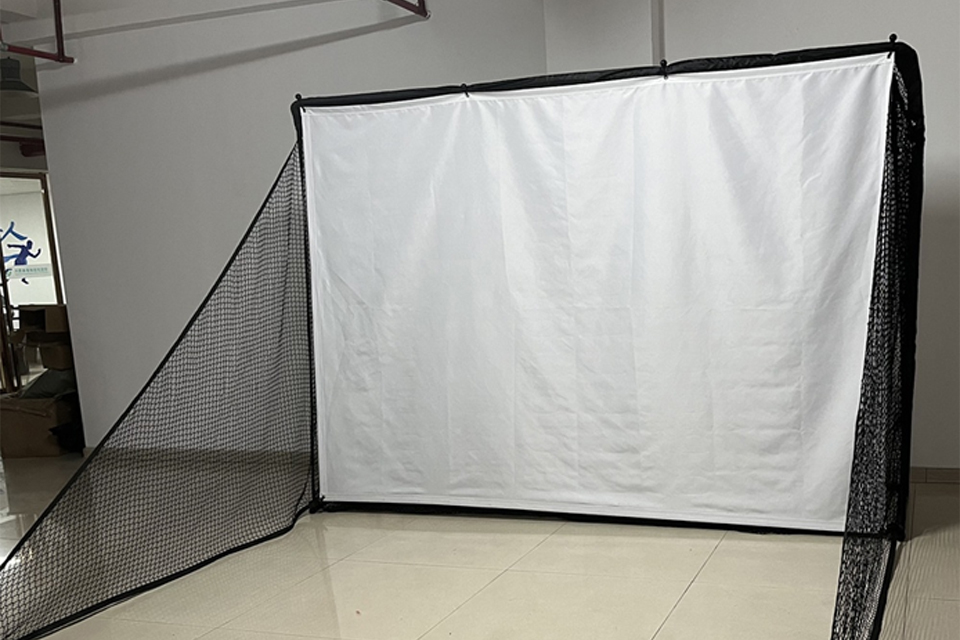
How To Set Volleyball Net Tension Correctly At Setup
Balance Top Cable, Bottom Rope, And Side Straps
Most tension problems come from one simple mistake: people only pull the top.
Use this order instead:
- Set post spacing and height according to spec. Don’t “cheat” the distance to get the net tight.
- Tension the top cable until the net reaches playing height in the middle.
- Tighten the bottom rope to remove belly without pulling the whole net down.
- Lock in side tension with straps or guy lines so the edges stay vertical.
Side straps are not decoration. They spread the load and stop the net from bowing in or out during a rally.
If you’re working with multi-direction play zones in a park or event, systems like a 4-way volleyball net with carrying backpack and ball or 3-way volleyball net beach game sets still follow the same rule: balanced tension in all directions, not just one cable.
Use Center Support On Long Volleyball Nets
On long runs, the middle always wants to sag.
You can control that with:
- A center strap or rope that runs from the top tape straight down to the floor, sand, or a weight.
- A slight over-tension during setup, then a small release once the fabric settles after warm-up.
- Checking net height at three points: left post, center, right post.
This is a small detail, but it cuts a lot of mid-match complaints.
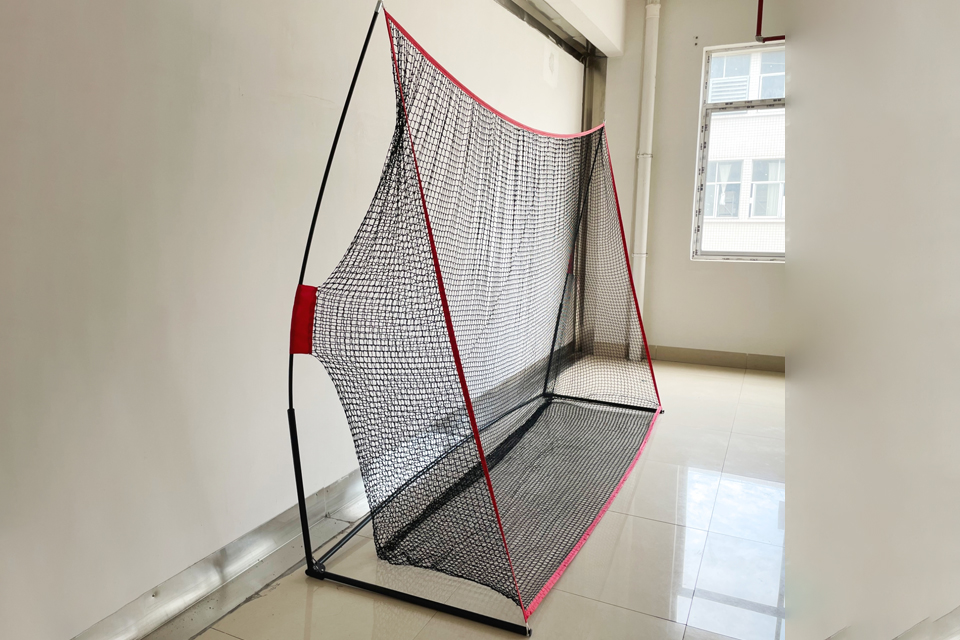
Daily And Weekly Volleyball Net Tension Checks
You don’t need tools to do basic QA. You just need a repeatable routine.
Simple Volleyball Net Tension Checklist
Here’s a quick table your staff can follow before sessions. It works for fixed systems and for portable sets like a portable beach volleyball net recreational set or multi-sports volleyball and tennis nets.
| Check Item | What To Look For | Action If There’s A Problem |
|---|---|---|
| Net height in the center | Too low or uneven vs. post height | Adjust winch or top tension device |
| Top cable or rope | Visible slack, big curve | Re-tension and lock hardware |
| Bottom rope | Loose, net bellies out when you push it | Pull tight and tie off again |
| Side straps or guy lines | Hanging or twisted | Re-route and tighten both sides |
| Posts or base frames | Leaning or shifting | Re-anchor, level, or add weight |
| Fabric and tape | Cuts, frayed edges, stretched eyelets | Plan replacement before next busy week |
Make this part of your open-up routine, just like turning on the lights. It keeps tension stable and stops small issues from turning into emergency repairs when the court is fully booked.
Long-Term Volleyball Net Maintenance For Clubs And Facilities
Cleaning, Drying, And Storage For Volleyball Nets
Dust, sweat, sand, and sun all attack the fibers. Over time they stretch and break, and you lose tension even if your hardware is perfect.
Good habits:
- Rinse and dry outdoor nets on a schedule, not only when they look dirty.
- Avoid storing wet nets in sealed bags. Lay them out or hang them until they’re dry.
- Keep them off rough surfaces when not in use, so the tape and mesh don’t scrape.
If you supply nets in bulk as a retailer or wholesaler, send a simple care sheet with every order. That one page reduces misuse and protects your margin on warranty claims.
Replace Wear Parts Before They Fail
Think like a mechanic, not like a firefighter.
Replace early:
- Side straps that slip or lose grip
- Buckles or ratchets that no longer lock fully
- Cords with visible thinning or broken fibers
- Connectors that rust or deform
This is where having a consistent platform from one manufacturer helps. When you buy from FSPORTS, you can match replacement parts to the same spec across multiple models and even across custom OEM runs. That makes inventory management easier for chains, distributors, and online sellers.
For buyers who need a wide catalog, the FSPORTS products page gives you nets, frames, and cages that share similar design language, which cuts training time for your staff and end users.
How FSPORTS Volleyball Net Solutions Support Stable Tension
FSPORTS builds net systems for golf, tennis, baseball, and more, but the same engineering mindset applies to volleyball: keep impact energy under control and protect the structure over thousands of cycles.
Here’s how that helps you keep net tension stable all season:
- Stronger frames and bases: Portable sets like the adjustable portable volleyball net with steel base frame and adjustable portable volleyball net with weighted base stands give you pro-grade rigidity in spaces where you can’t install floor sleeves.
- Flexible layouts for events: Multi-direction systems such as a 3-way volleyball net game set for adults and kids or a 4-way volleyball badminton combo system let you run more courts in the same footprint while still keeping each net lane tight.
- OEM / ODM options: If you’re an OEM client or brand owner, you can lock in custom tape width, cable type, and mesh size so your tension behavior stays consistent across runs. That’s huge when you scale.
Because FSPORTS is a Top 1 premium sports netting manufacturer in China, the factory already works with UV-resistant yarns, high-impact seams, and made-to-order sizes for everything from backyard kits to stadium backstops. You get the same DNA in your volleyball range, with bulk pricing, private label, and B2B logistics built in.
Final Takeaway: Make Net Tension A System, Not A Guess
If you want stable volleyball net tension all season, don’t rely on one big pull on day one.
Treat it as a system:
- Choose a net and frame that can actually hold tension.
- Set it up with balanced load on top, bottom, and sides.
- Build quick checks into your daily and weekly routines.
- Swap wear parts before they fail, not after the net drops mid-match.
Do that, and you’ll spend less time fighting sagging nets and more time running clean sessions, growing your program, and moving more units through your volleyball line.

